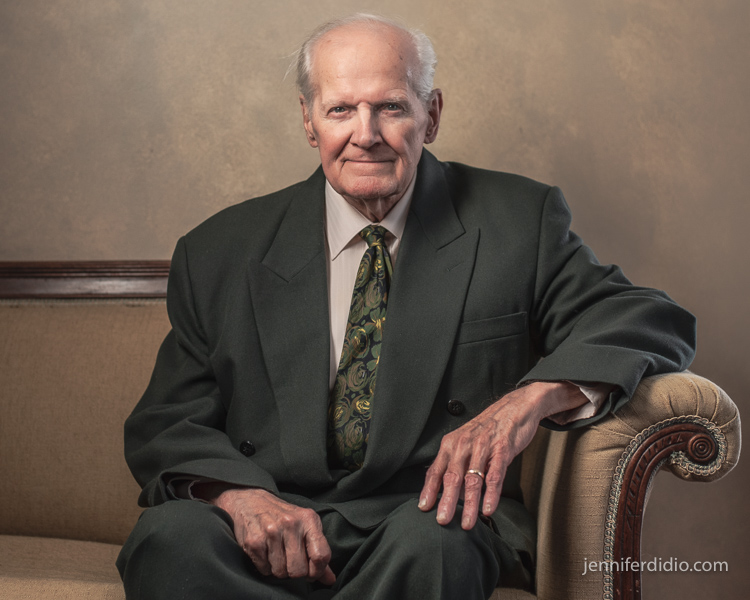
John’s story represents our second installment in my personal project, People of Intrigue. Blog followers may remember our first, Premila for her work with Mother Theresa. Enjoy!
As a young man, just 18 years old when World War II was erupting all around him, John was busy working 7 days a week as a welder in a ship yard making good money. Ships were being sunk every other day so demand was high and there was plenty of work to be had. However, John was drafted in August of 1943 and told he had two weeks to settle his affairs and report for duty. John was a member of the 26th Infantry Regiment, First Infantry Division.
John was inducted at Fort Meade, sent to basic training in Mississippi and then was shipped to England on the Queen Elizabeth, along with 16,000 other troops zig zagging their way across the Atlantic to avoid submarines. This was 6 months prior to the D-Day invasion. The Queen Elizabeth, a luxury liner converted to war time duty, could outrun any sub. Life traveling across the Atlantic was far from luxurious though. The soldiers were each allotted 15-20 minutes fresh air out on deck a day, plenty of books to pass the time along with free cigarettes.
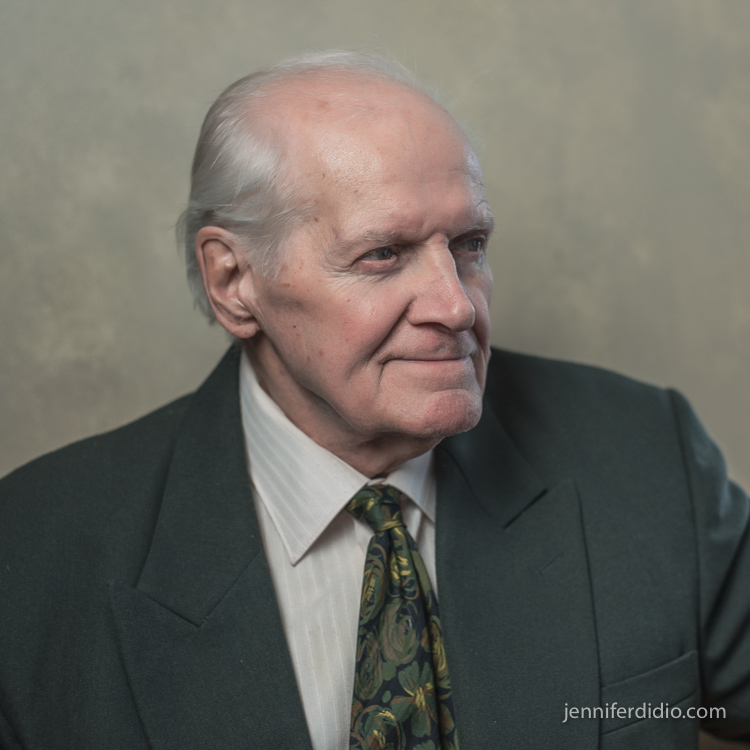
Arriving in England, John joined up with the First Infantry who had just finished in North Africa. John spent November to June training for D-Day carrying a BAR (Browning Automatic Rifle) because he was the best shot in his group. It could shoot 20 rounds a minute which he was proud to carry, although most of their training happened in the classroom instead of the field.
When they arrived in England they stayed in a small village on the south east coast. There was one tavern, ill prepared to meet the demands of all the incoming GI’s. The tavern was only open 2-4 and 7-9 and frequently ran out of beer. The area they were assigned to was a resort, similar to Atlantic City, taken over by the military.
John was a part of the infamous D-Day invasion and was fortunate to have been assigned to invade the Easy Red Sector. Easy Red Sector was the official designation for his regiments landing zone but there may have been some back and forth over the name’s meaning that their unit had it easier than other units. The invading soldiers met no resistance on landing in their LCI, landing craft infantry, holding 40-50 soldiers. The LCI’s had flat bottoms so the time spent in them awaiting the invasion was rocky. A storm had just passed through and stomachs were emptied one after another, into helmets being passed around.
John credits the Navy with helping to prepare the way for them, “the Navy bombarded the hell outta the place. Destroyers off shore were pounding the shore.” John didn’t see a German until day 2 of the invasion when they got inland a few miles.
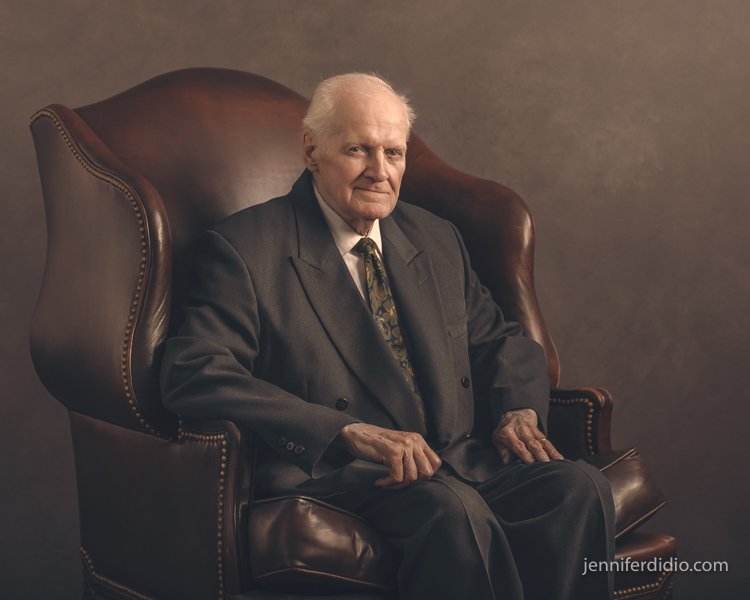
On day 2 John was on combat patrol with 14 other soldiers when they met with rifle fire and his sergeant ordered them to pull back. They lost one of their guys to a sniper attack while trying to determine location of the enemy. Their lieutenant ordered them to dig and prepare for a counter attacks because the Germans were eager to throw them back in the Atlantic.
They continued to push inland and came across some Germans who immediately put their hands up in surrender. They were taken in and there was some dispute among the GI’s re whether to keep them as POW’s or shoot them.
John recalls riding through towns on the backs of tanks, meeting very little resistance. The break through came at St. Lowe with air planes bombing it. The troops got on 6×6 trucks and rode all the way to Paris with little resistance. They marched 6 deep while women lined the streets handing out candy and kisses to the GI’s.
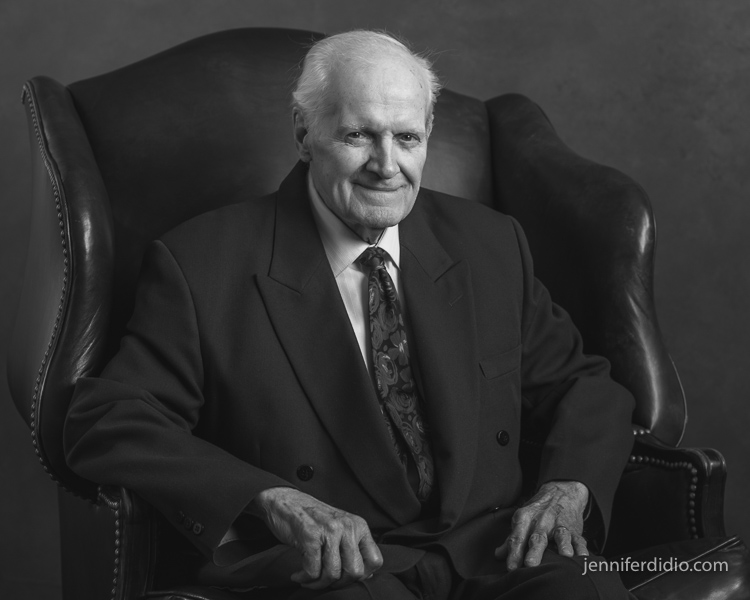
Everything was going great till they got to the Herdegon Forest on the Belgium border where his unit met with resistance and suffered high causalities for such a small area to take. John counts this as a win/loss. After the war it was realized this area was worthless to try and take, but it appears the general was hoping to make a name for himself.
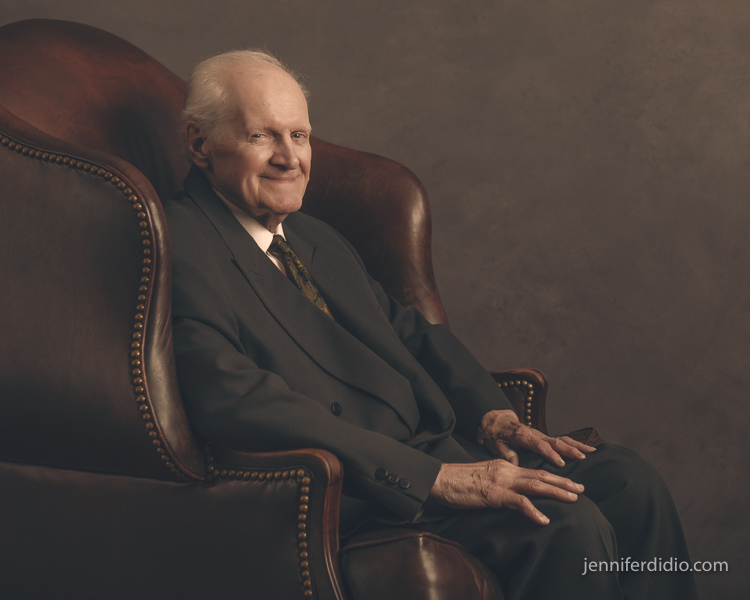 John was wounded here, November 16, in an attack with ADA (Air Defense Artillery). He was shot in his arm and knee. John’s wounds were first cared for by the Army docs in Belgium before he was shipped to a Paris hospital for one month. He recalls the Red Cross bringing in magazines to help pass the time. After 3 weeks though, he got his own plan to pass the time! He snuck out at night and road the subway to downtown Paris to explore what the city had to offer a GI!
John was wounded here, November 16, in an attack with ADA (Air Defense Artillery). He was shot in his arm and knee. John’s wounds were first cared for by the Army docs in Belgium before he was shipped to a Paris hospital for one month. He recalls the Red Cross bringing in magazines to help pass the time. After 3 weeks though, he got his own plan to pass the time! He snuck out at night and road the subway to downtown Paris to explore what the city had to offer a GI!
John received a purple heart for his injuries. He calls his wound the million dollar wound because while he was in the hospital, his unit went onto to fight in the Battle of the Bulge. He joined his unit back after recuperating in the Czech republic. I asked how he was to find his unit. “They gave me a military pass and some money and told to go find my unit!” He figured out, but not before spending just a few days in Paris!
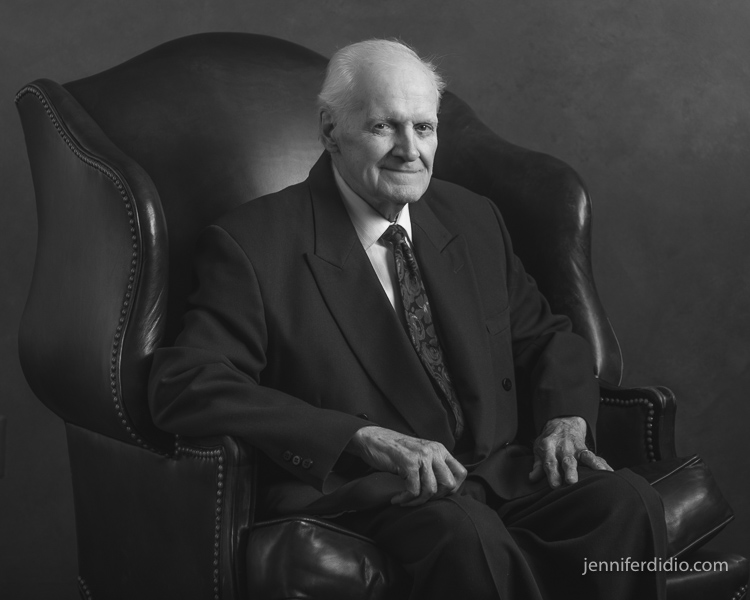 At this point his unit was losing 4 or 5 guys a day. He recalled a fellow soldier warning him, “don’t make any close friends while in combat; guys come and go constantly.” So he didn’t feel a big pull back to his unit since he had not attached deeply.
At this point his unit was losing 4 or 5 guys a day. He recalled a fellow soldier warning him, “don’t make any close friends while in combat; guys come and go constantly.” So he didn’t feel a big pull back to his unit since he had not attached deeply.
When the war was over, VE day, John doesn’t remember any big celebrations. Everyone was eager to get home, but first in, first out. He came back on the George Washington in summer of 1945. His homecoming was to a small town with no celebrations. John made his own celebration by going to get a haircut and buying a cigar to celebrate his discharge.
When I asked John why he thought his generation was called the Greatest Generation, he thought about it a bit and then answered, “The war was fought by 20 year old infantryman. We had to wait, and wait, and wait then dig in and move out. The coast of France was rocky. It was a lot of work to dig into the tough terrain. We slept in foxholes that we dug. Fear was in our mind a lot. I remember one guy who couldn’t take it, he just sat and cried and cried. I had nightmares for a long time after the war. It very hard to deal with the fear, but we didn’t talk about fear. Instead we talked about what we’d do after the war. I wanted to make ham and eggs for breakfast!
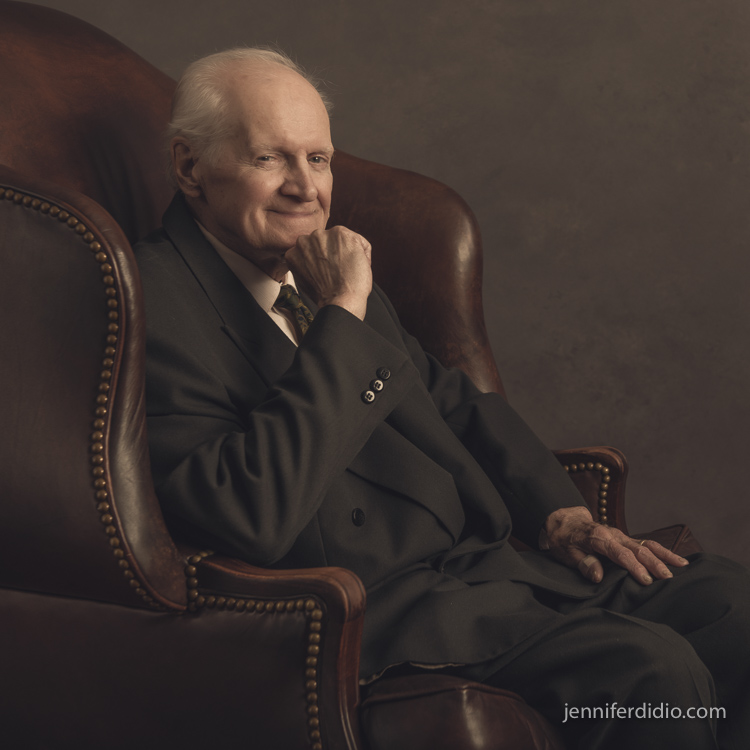
After the war John got married and worked at GM and Bethlehem Steele for 40 years before retiring in 1987. In 1997, he returned to visit the beaches of Normandy to remember and reflect on his years of service, sacrifice and camaraderie with his fellow soldiers. We’d love to chat with you about your own custom portraits by clicking here to contact us.